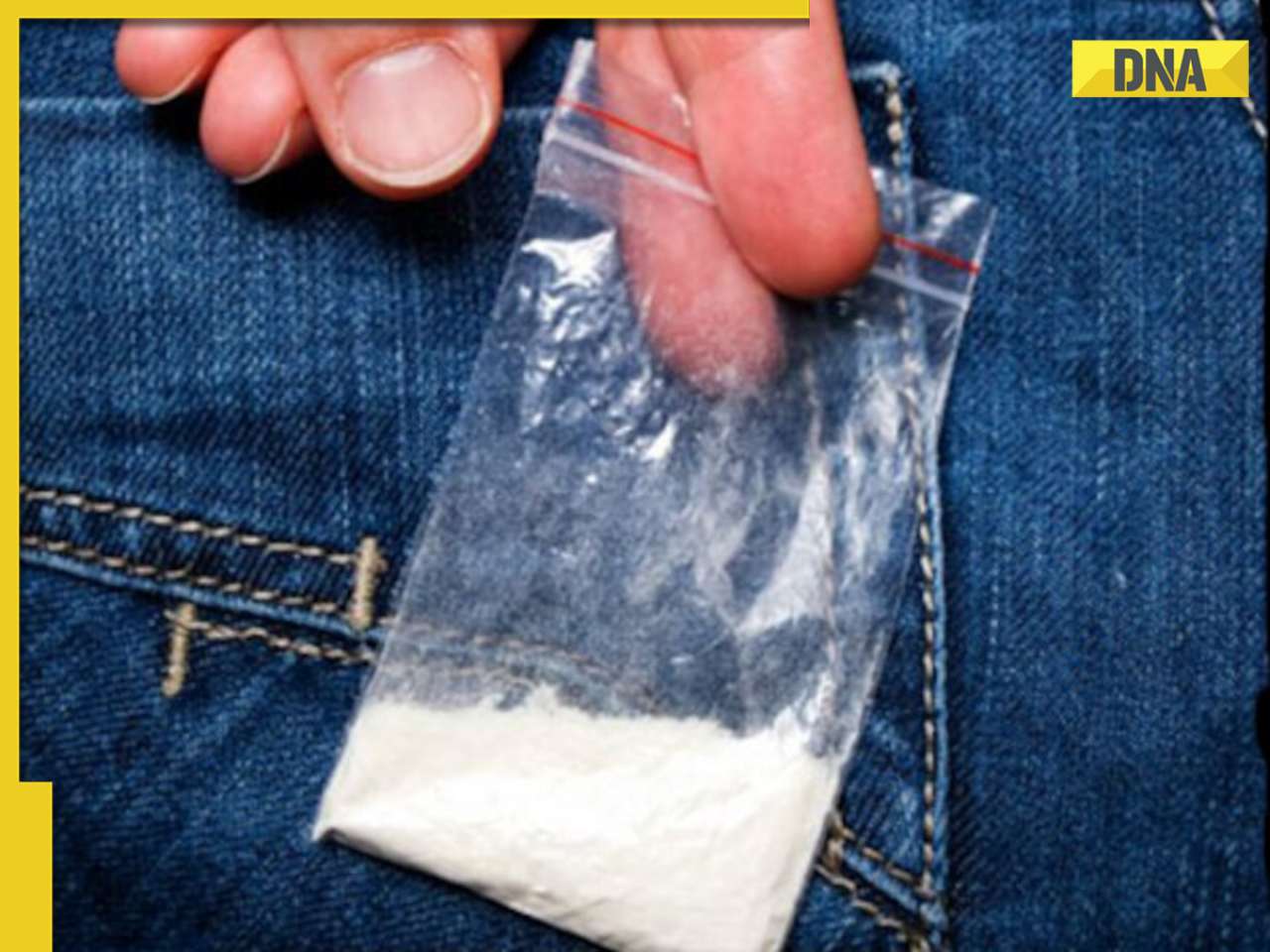The global drug trade has seen a massive increase in trafficking by land, sea, and air, with shipping containers being a lucrative method for transporting drugs like Cocaine, Heroin, and Methamphetamine via sea. India has become an attractive destination for drug traffickers due to higher profits and lower risks, along with mild legal penalties for possession and consumption. Indian agencies have been working to interdict drug trafficking in the Arabian Sea and Bay of Bengal, with significant seizures of narcotics. The Afghanistan-Pakistan corridor remains a primary conduit for drug trafficking in the region, affecting countries like Mauritius, Seychelles, Madagascar, and others. The Eastern Indian Ocean region faces a continuous threat from illicit drug trafficking, impacting national security and socio-economic development. The Tamil Nadu-Sri Lanka coast has been identified as an exit route for heroin smuggling, while ports like Kochi, Kolkata, Mumbai, and Chennai are being used as transit points for drug trafficking. Indian agencies have conducted joint operations to apprehend Pakistani boats engaged in drug trafficking off the Gujarat coast, and investigations have revealed complex networks involved in drug trade. Pakistan has been identified as a key player in facilitating the production, transportation, and marketing of narcotics products originating in Afghanistan. The coastal countries in South Asia are exposed to drug trafficking due to well-established maritime trafficking routes in the Indian Ocean, making it challenging to eliminate drug trafficking completely.
source
Discover more from GLOBALMALAYALAM.NEWS
Subscribe to get the latest posts sent to your email.




